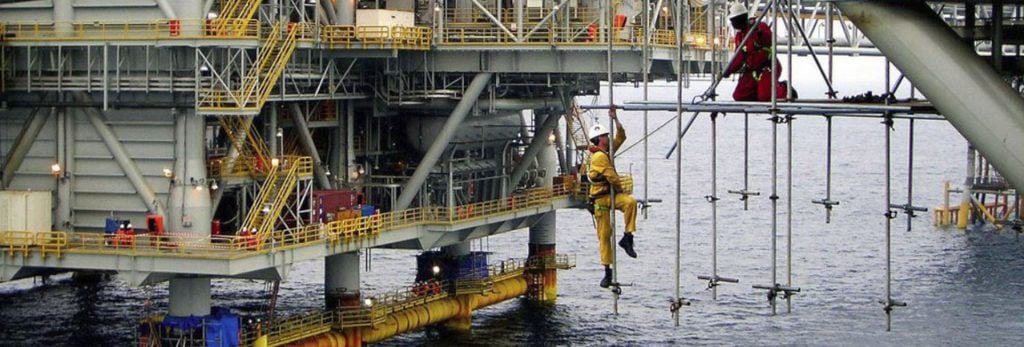
JOB MANAGEMENT SOFTWARE
For High Risk Workers
In accordance with the Intergovernmental Agreement for Regulatory and Operational Reform in Occupational Health and Safety, Safe Work Australia develops model Codes of Practice as part of the package of harmonised work health and safety laws. Model Codes of Practice are often based on jurisdictional codes in place at the time of development and are informed by public comment.
However:
Many businesses seem unaware that work involving hot or cold temperatures can lead to a range of symptoms from physical discomfort through to life threatening conditions. Air temperatures that are too high or too low can contribute to fatigue and heat or cold related illnesses.
Risks within the regulatory context and definition of ‘High Risk Work’ relate to several industries and separate parts of the Work Health and Safety (WHS) Regulations define them. The risks include; Death, serious injury, loss of bodily function, crush injury, exposure to hot or cold temperatures and many other less widely recognised risks to health and wellbeing.
Although schedule 3 of the WHS Regulations outlines the classes of HRW which require HRW licences, this does not absolve any employer or manager from exposing themselves, their staff or sub-contractors from avoidable risk *.
JGID IS AN EFFICIENT JOB AND PROJECT MANAGEMENT SOFTWARE. SIMPLIFY YOUR BUSINESS.
In accordance with the Intergovernmental Agreement for Regulatory and Operational Reform in Occupational Health and Safety, Safe Work Australia develops model Codes of Practice as part of the package of harmonised work health and safety laws. Model Codes of Practice are often based on jurisdictional codes in place at the time of development and are informed by public comment.
However:
Many businesses seem unaware that work involving hot or cold temperatures can lead to a range of symptoms from physical discomfort through to life threatening conditions. Air temperatures that are too high or too low can contribute to fatigue and heat or cold related illnesses.
Risks within the regulatory context and definition of ‘High Risk Work’ relate to several industries and separate parts of the Work Health and Safety (WHS) Regulations define them. The risks include; Death, serious injury, loss of bodily function, crush injury, exposure to hot or cold temperatures and many other less widely recognised risks to health and wellbeing.
Although schedule 3 of the WHS Regulations outlines the classes of HRW which require HRW licences, this does not absolve any employer or manager from exposing themselves, their staff or sub-contractors from avoidable risk *.
